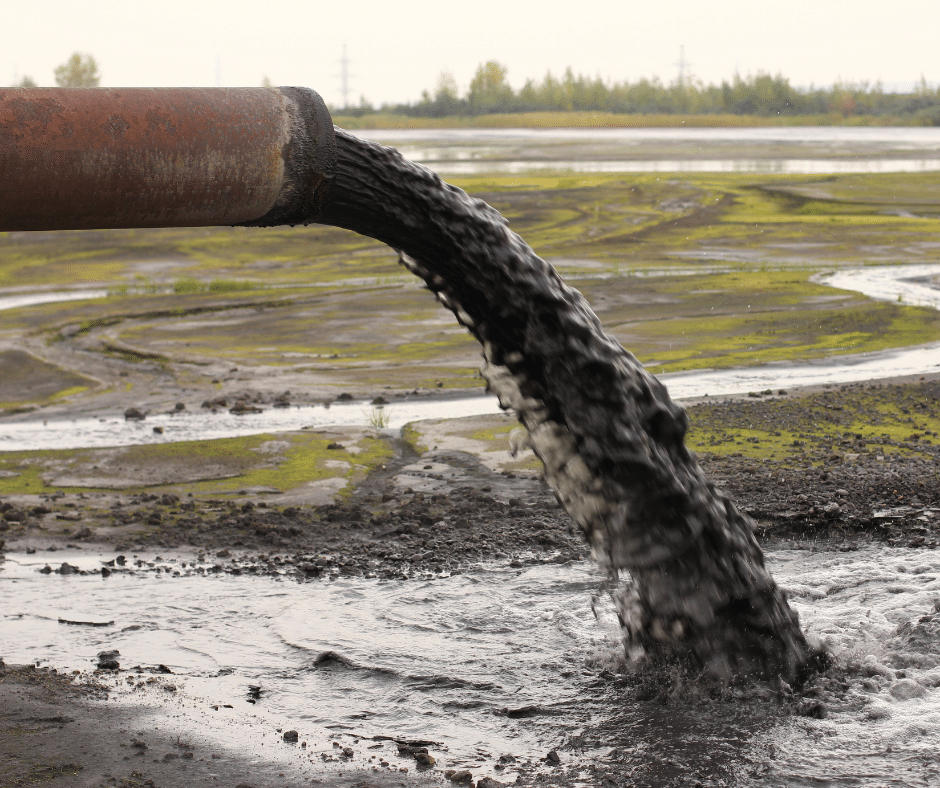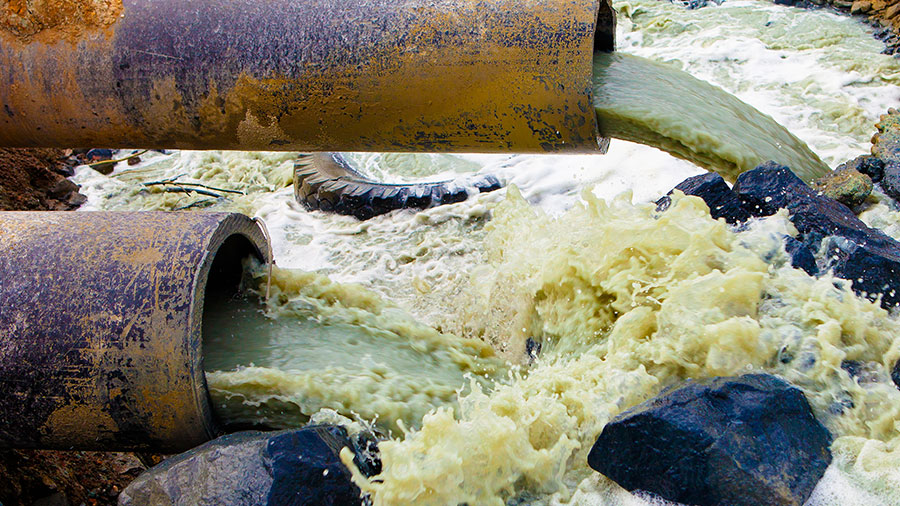Industrial Wastewater Treatment: Personalized Solutions for Facility Wastewater Obstacles
Industrial Wastewater Treatment: Personalized Solutions for Facility Wastewater Obstacles
Blog Article
Exactly How Liquid Waste Disposal Works: A Thorough Overview of Strategies and Technologies Used

Review of Liquid Waste Types
The complexity of liquid waste types requires a thorough understanding of their attributes and effects for disposal. Fluid waste can extensively be classified into a number of types, including industrial, municipal, agricultural, and contaminated materials. Each category displays unique homes, requiring details monitoring strategies to mitigate ecological and wellness dangers.
Industrial liquid waste originates from making procedures and commonly consists of a variety of pollutants, such as heavy steels, solvents, and organic compounds. Community fluid waste, mostly comprising wastewater from households and business facilities, includes natural issue, nutrients, and pathogens (industrial wastewater treatment). Agricultural fluid waste, consisting of runoff from ranches, may contain plant foods, pesticides, and animal waste, positioning dangers to water high quality and ecological communities
Harmful liquid waste is characterized by its toxicity, reactivity, or prospective to cause injury. This category consists of substances like acids, bases, and particular chemicals that require stringent handling and disposal methods. Understanding these varied liquid waste types is crucial for creating effective disposal techniques and ensuring compliance with environmental regulations. Appropriate category and characterization are vital for applying suitable treatment strategies and reducing the negative influence on public health and wellness and the atmosphere.
Physical Treatment Techniques

Testing is the preliminary action, where bigger bits and debris are gotten rid of from the liquid waste using displays or grates. In sedimentation storage tanks, heavier fragments clear up at the bottom, creating a sludge layer, while the made clear fluid can be more dealt with.
Purification is one more important technique that involves passing the fluid with permeable materials, such as sand or membranes, to record smaller sized particles. This action enhances the top quality of the liquid, making it ideal for subsequent therapy processes.

Chemical Treatment Strategies
Chemical treatment strategies are essential for properly handling fluid waste, especially in resolving dissolved and colloidal impurities that physical methods might not sufficiently get rid of. These techniques make use of various chemical representatives to reduce the effects of, speed up, or transform harmful substances into much less damaging forms.
One typical approach is coagulation and flocculation, where chemicals such as alum or ferric chloride are included to promote the aggregation of suspended fragments. This procedure improves sedimentation, permitting easier removal of the resulting sludge. Furthermore, oxidation procedures, using agents like chlorine or ozone, are utilized to break down intricate natural use this link substances and pathogens, making the waste more secure for discharge or more treatment.
Neutralization is another essential technique, which changes the pH of acidic or alkaline waste streams to neutral degrees, preventing possible injury to downstream systems useful site and the setting. Additionally, progressed oxidation processes (AOPs) use mixes of oxidants and ultraviolet light to break down relentless toxins, attaining a higher degree of therapy efficiency.
Biological Treatment Processes
Biological treatment procedures play a crucial role in the administration of fluid waste by using bacteria to decay raw material and minimize pollutant levels. These processes can be broadly categorized right into anaerobic and cardio therapies, each utilizing particular microbial neighborhoods to accomplish efficient waste deterioration.
Aerobic treatment entails making use of oxygen to assist in the break down of natural products by germs. This procedure is frequently executed in turned on sludge systems, where aeration storage tanks provide a helpful environment for microbial growth, leading to the oxidation of natural contaminants. The resultant biomass can be separated from dealt with effluent via sedimentation.
On the other hand, anaerobic treatment takes place in the absence of oxygen, relying upon various germs to break down organic issue. This technique is particularly useful for high-strength waste, as it produces biogas, a renewable resource resource, while minimizing sludge production. Technologies such as anaerobic digesters are regularly utilized in commercial and community applications.
Both anaerobic and cardiovascular organic therapies not just reduce the ecological effect of fluid waste but additionally assist in resource recuperation, making them vital components of sustainable waste monitoring approaches. Their flexibility, effectiveness, and performance sustain their extensive implementation across various sectors.
Arising Technologies in Disposal
Ingenious strategies to liquid garbage disposal are quickly evolving, driven by advancements in technology and a raising emphasis on sustainability. Among these emerging innovations, membrane bioreactors (MBRs) have acquired grip for their capability to incorporate organic therapy with membrane filtering, leading to top quality effluent that helpful hints can be recycled in various applications. MBRs enable smaller impacts and extra reliable operations compared to traditional systems.
An additional encouraging development is the use of anaerobic digestion combined with nutrient recuperation technologies, which not only deals with fluid waste but likewise generates biogas and recoups useful nutrients like nitrogen and phosphorus. This double benefit boosts source performance and minimizes ecological influence.
Furthermore, advanced oxidation procedures (AOPs) are being taken on for the destruction of intricate organic pollutants. These methods utilize effective oxidants and stimulants to break down impurities at the molecular level, using an extremely effective solution for tough waste streams.
Moreover, the combination of man-made intelligence and artificial intelligence in waste administration systems is maximizing operational efficiency and anticipating maintenance, resulting in minimized costs and enhanced environmental conformity. These innovations show a significant change in the direction of even more reliable and sustainable fluid garbage disposal practices.
Conclusion
Finally, efficient fluid waste disposal necessitates a thorough understanding of numerous methods and modern technologies. The integration of physical, chemical, and organic treatment methods makes sure the efficient management of varied waste kinds. Moreover, the introduction of cutting-edge technologies enhances treatment effectiveness and promotes sustainability in waste administration methods. By continually advancing these approaches, it comes to be possible to attend to the expanding difficulties connected with liquid waste, eventually adding to ecological security and resource healing.
Liquid waste disposal is a crucial aspect of environmental monitoring, needing a comprehensive understanding of various techniques and innovations customized to various waste kinds. Fluid waste can broadly be classified right into numerous kinds, consisting of commercial, community, farming, and unsafe waste. Agricultural liquid waste, consisting of overflow from ranches, might have fertilizers, pesticides, and animal waste, posing threats to water top quality and environments.
Numerous physical therapy techniques play a crucial duty in handling liquid waste effectively - industrial wastewater treatment.In conclusion, efficient fluid waste disposal demands a comprehensive understanding of various strategies and modern technologies
Report this page